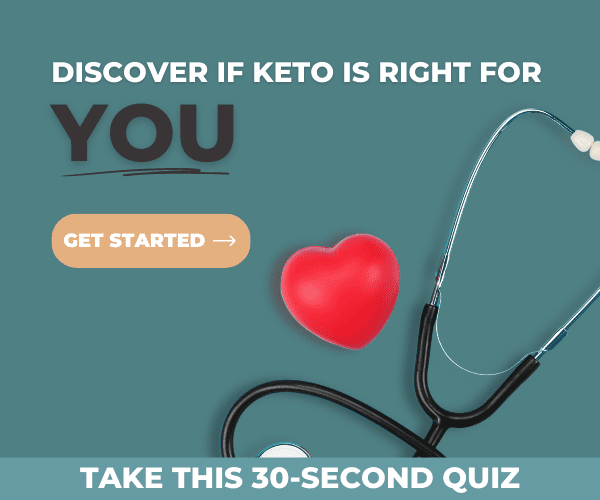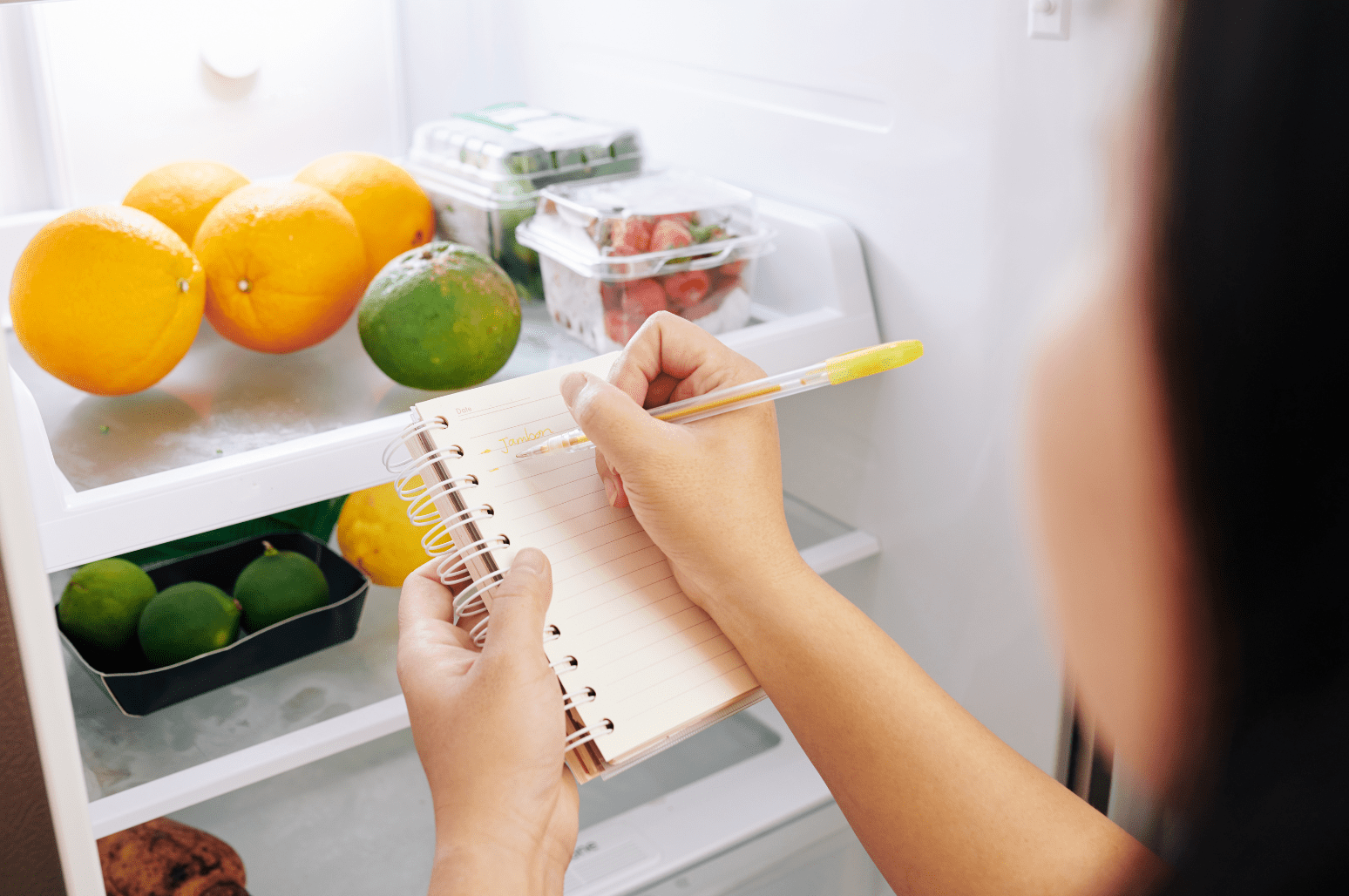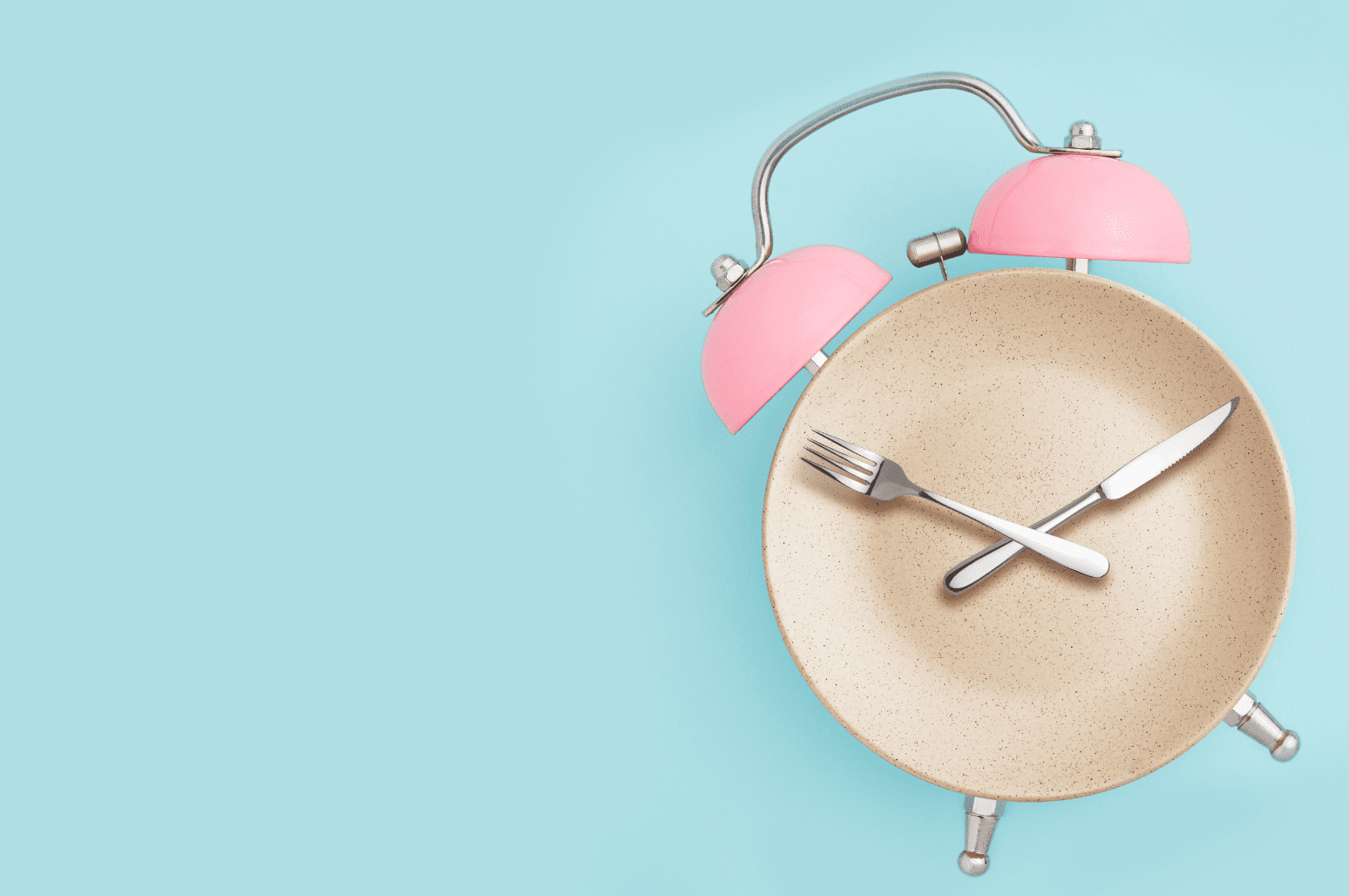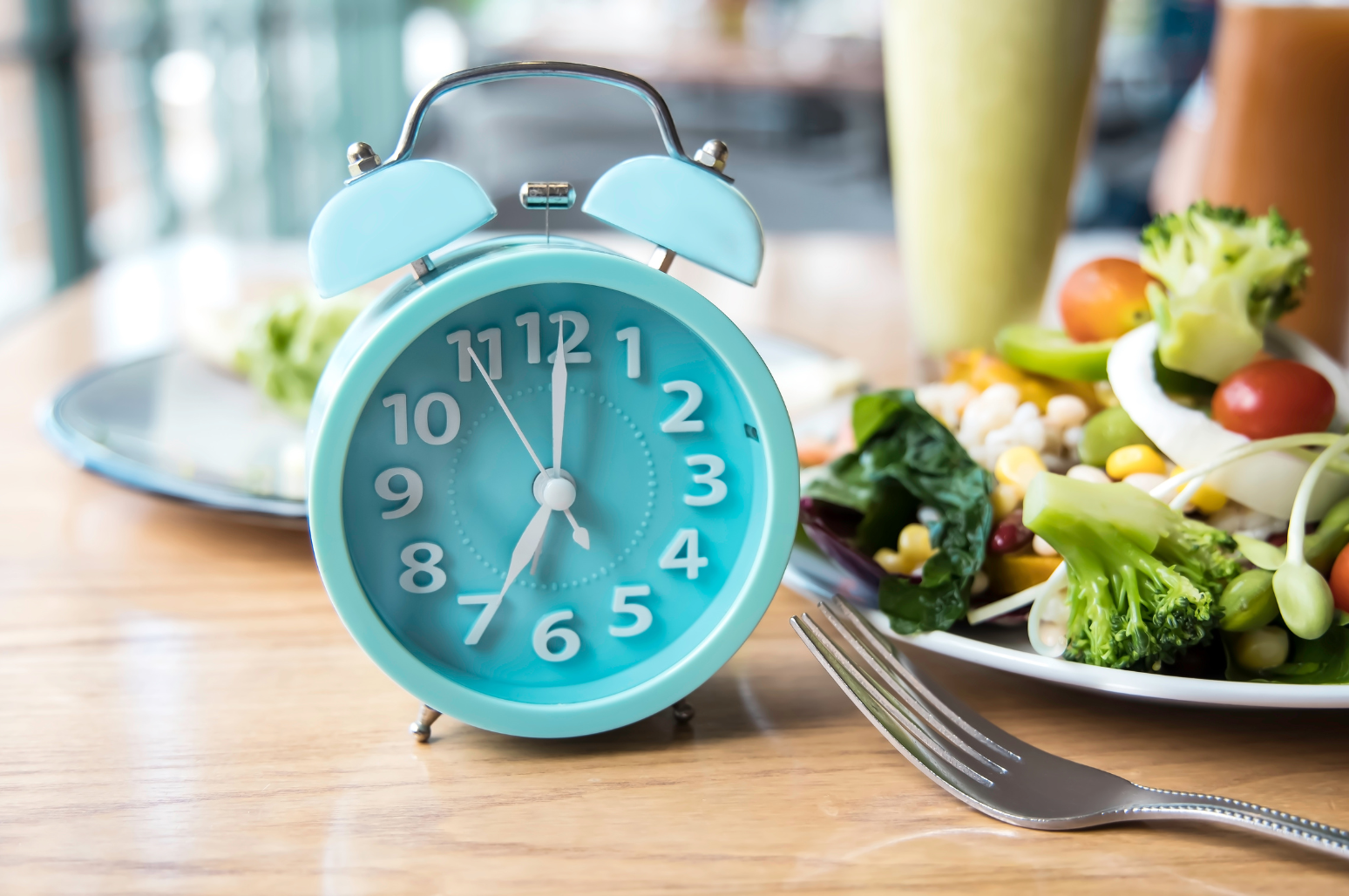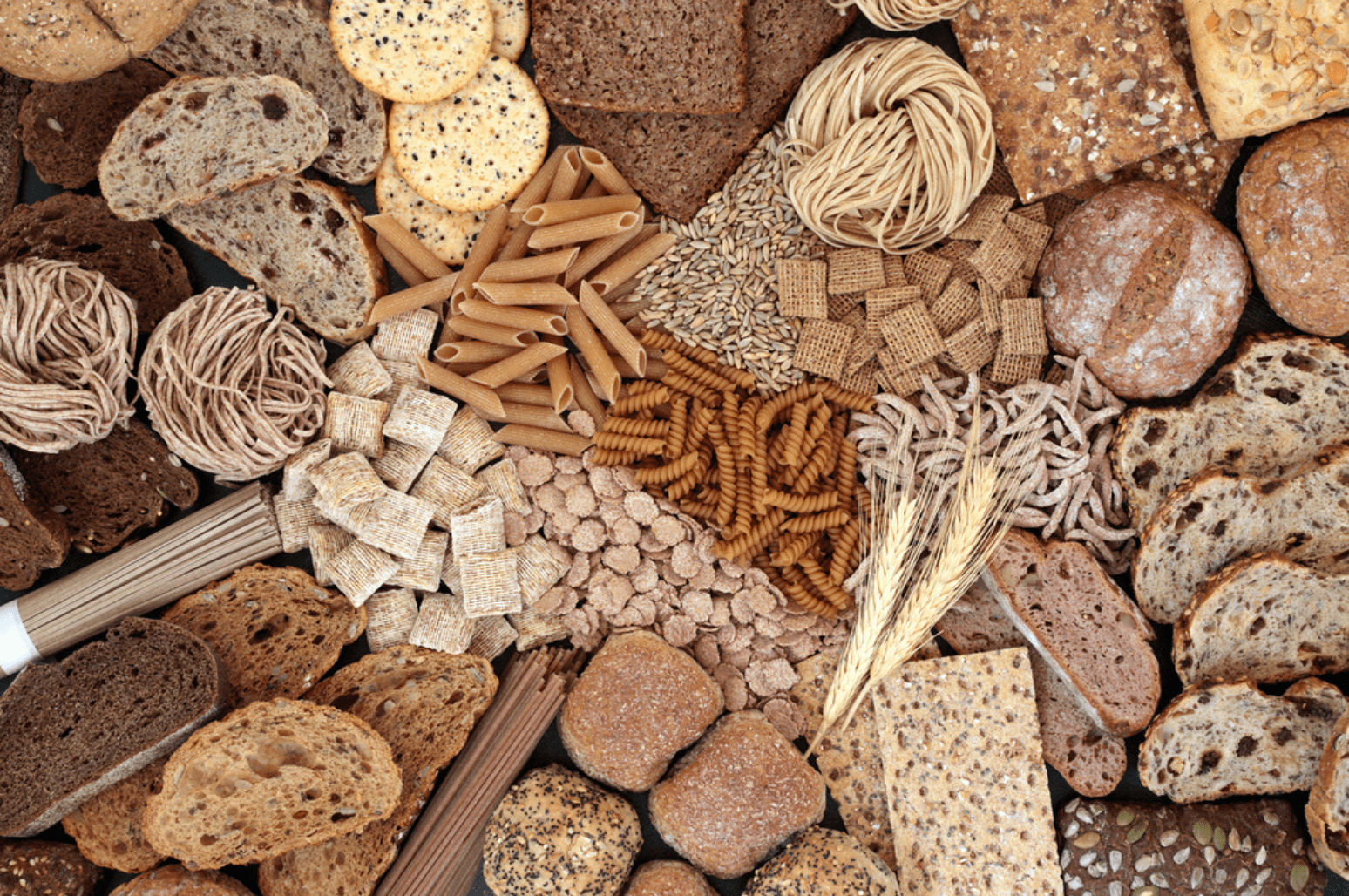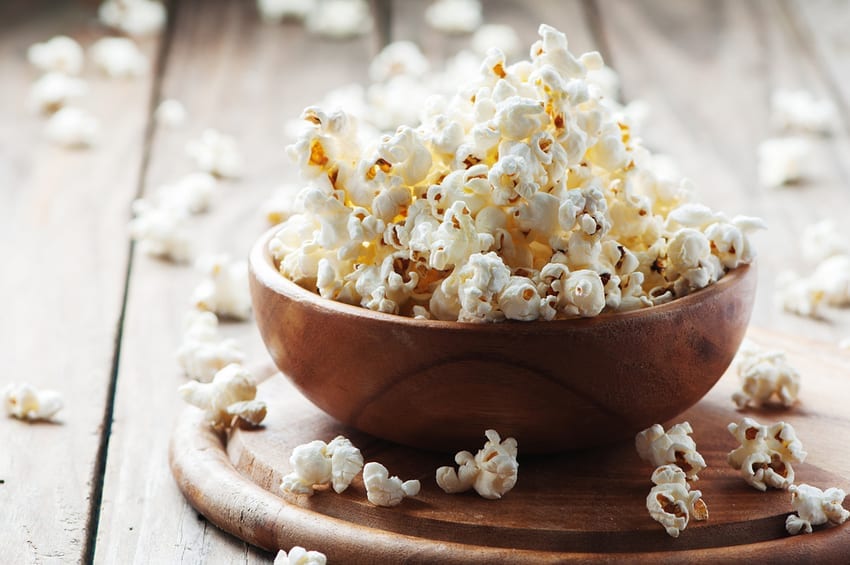
As you envision the butter melting and drizzling over the puffy, crunchy popcorn, why wouldn’t you ask the question: is popcorn keto? Depending on if you can eat corn, or more specifically, dried corn kernels, the answer is yes…with some considerations and limitations.
What is Popcorn?
Popcorn is a tasty snack made from dried corn kernels. Contrary to popular belief, like all types of corn, popcorn is a cereal grain originating from a wild grass. Popcorn kernels are harvested from a mature corn plant when all parts of the grain are intact. Some studies suggest people in Peru consumed popcorn over 6,000 years ago [1].
Popcorn can be made on the stove, in the microwave, or in an air popper. The dried corn kernels are heated to make tempting edible puffs. Heating the kernels causes the water inside them to expand and the kernels to explode or pop under pressure.
Popcorn is often served with melted butter and salt, but you can also flavor it with herbs, spices, cheese, or other seasonings to suit your palate.
While popcorn does contain fiber and certain minerals and nutrients, it also contains carbs and you might be wondering how or if it can fit into a ketogenic diet.
Is Popcorn Keto?
Popcorn has fewer carbs than other snacks like crackers or potato chips. A 100-gram serving of air-popped popcorn contains around 13 grams of protein, 5 grams of fat, 78 grams of carbs, and 15 grams of fiber. This leaves 63 net carbs. Realistically, you’ll only be consuming between one to three cups of popcorn on keto which is no more than 24 grams. This would leave you with a net carb total of up to 14 grams [2].
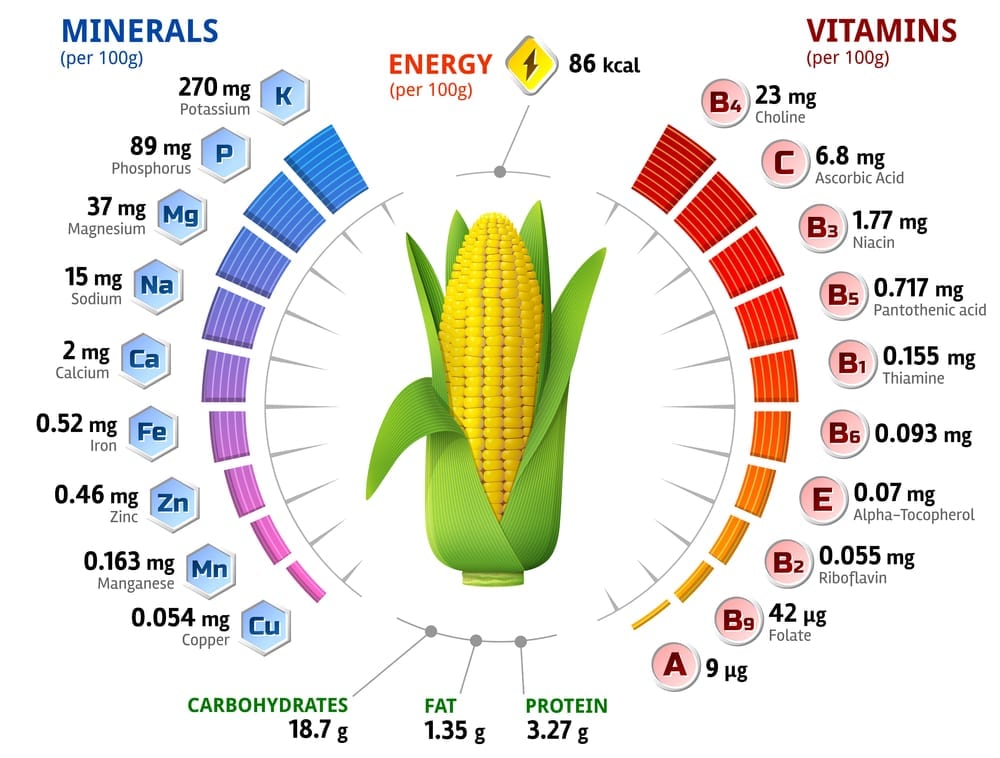
Depending on your daily carb limit, popcorn might be suitable for keto. If you have a daily limit of 50 grams of net carbs or even a more restricted version of the ketogenic diet, you can probably indulge in some popcorn.
Quality Matters!
As always, the quality of your food choices matters. Making popcorn at home instead of buying pre-popped versions can give you more control over the ingredients and how much you eat. At home, you can try to use organic high-quality ingredients and mix in a little love, passion, and that home-cooked touch. To keep you more satiated while you’re crunching on popcorn, add healthy fat from butter, coconut oil, or olive oil.
Many of the pre-packaged microwavable popcorn bags are lined with certain chemicals, such as perfluorooctanoic acid (PFOA) that might be associated with thyroid problems, ADHD, and other health issues [3] [4].
Some microwave popcorn might also have artificial butter flavorings and chemicals like diacetyl that could be harmful to health. Others are saturated with sugar that could easily kick you out of ketosis [5] [6].
Some brands use hydrogenated or partially hydrogenated oils that contain problematic trans fats. Research has associated trans fats with a heightened risk of heart disease and other conditions [7] [8].
How Do I Make Keto Popcorn at Home?
The best ways to make popcorn are in a pot or an air-popper machine. To make it at home:
- In a large pot over medium-high heat, heat 1 tablespoon of coconut oil or butter
- Add 2 tablespoons of popcorn kernels
- Place the lid on the pot to cover it while the kernels pop
- After the popping stops, remove it from the heat
- Season with butter or oil, salt, and seasonings of your choice
You might want to alter the recipe and experiment to find out your favorite way to make popcorn! If you’re yearning for something sweet, trickle a lightly melted natural nut butter or sprinkle cinnamon or dark chocolate shavings (sugar-free of course). You might like to sprinkle nutritional yeast over your popcorn for a nutty-cheesy flavor and several important additional nutrients like B-vitamins [9].
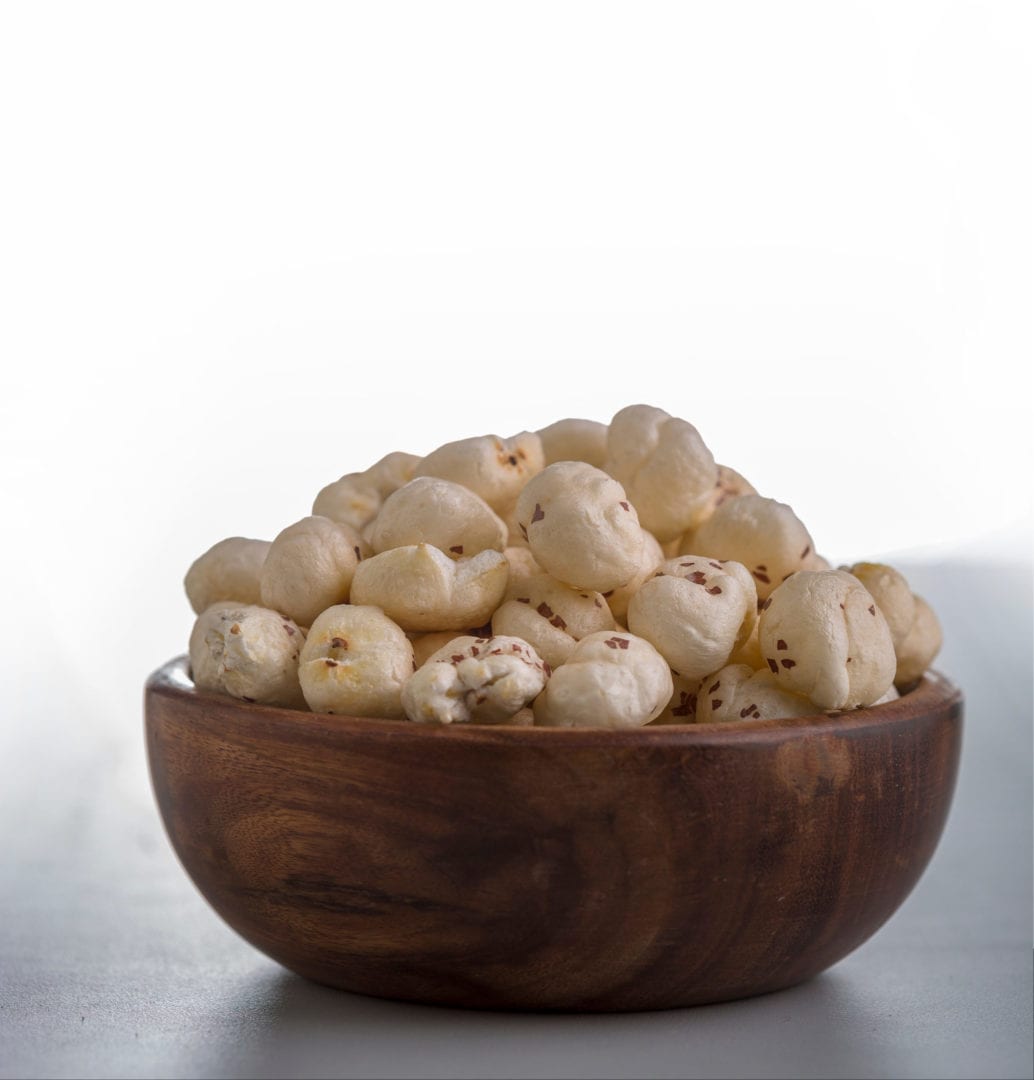
Popped Water Lily Seeds?
If you’re on a paleo-type ketogenic diet and you’re grain-free due to autoimmune disease or some other reason, you might be interested in popped or puffed water lily seeds or the traditional Indian snack Makhana. While Makhana sounds like the name of a beautiful Indian princess, popped water lily seeds are similar to popcorn and can make a tasty, crunchy alternative if you’re out of luck with traditional popcorn.
Remember, if you’re delighting your taste buds with popcorn on keto, slather it with lots of healthy fats, don’t eat too much, and make your own if you can!
Do You Eat Popcorn on Keto?
Share your favorite ways to eat popcorn on keto! Do you prefer yours buttery with a hint of salt and a dash of herbs?
References
Grobman, A., Bonavia, D., Dillehay, T. D., Piperno, D. R., Iriarte, J., & Holst, I. (2012). Preceramic maize from Paredones and Huaca Pritea, Peru. Proceedings of the National Academy of Sciences of the United States of America, 109(5), 1755-1759.
Self Nutrition Data. Snacks,Popcorn, Air-popped.
Hoffman, K., Webster, T. F., Weisskopf, M. G., Weinberg, J., & Vieira, V. M. (2010). Exposure to polyfluoroalkyl chemicals and attention deficit/hyperactivity disorder in U.S. children 12-15 years of age. Environmental Health Perspectives, 118(12), 1762-1767.
Melzer, D., Rice, N., Depledge, M. H., Henley, W. E., & Galloway, T. S. (2010). Association between serum perfluorooctanoic acid (PFOA) and thyroid disease in the U.S. National Health and Nutrition Examination Survey. Environmental Health Perspectives, 118(5), 686-692.
Morgan, D. L., Flake, G. P., Kirby, P. J., & Palmer, S. M. (2008). Respiratory toxicity of diacetyl in C57BL/6 mice. Toxicological Sciences, 103(1), 169-180.
Hubbs, A. F., Battelli, L. A., Goldsmith, W. T., Porter, D. W., Frazer, D., Friend, S., Schwegler-Berry, D., Mercer, R. R., Reynolds, J. S., Grote, A., Castranova, V., Kullman, G., Fedan, J. S., Dowdy, J., & Jones, W. G. (2002). Necrosis of nasal and airway epithelium in rats inhaling vapors of artificial butter flavoring. Toxicology and Applied Pharmacology,185(2), 128-135. doi: 10.1006/taap.2002.9525.
Pietinen, P., Ascherio, A., Korhonen, P., Hartman, A. M., Willett, W. C., Albanes, D., & Virtamo, J. (1997). Intake of fatty acids and risk of coronary heart disease in a cohort of Finnish men: The alpha-tocopherol, beta-carotene cancer prevention study. American Journal of Epidemiology, 145(10), 876-877.
Oomen, C. M., Ocke, M. C., Feskens, E. J., Erp-Baart, M. A., Kok, F. J., & Kromhout, D. (2001). Association between trans fatty acid intake and 10-year risk of coronary heart disease in the Zutphen elderly study: A prospective population-based study.The Lancet, 357(9258), 746-751.
Moslehi-Jenabian, S., Pedersen, L. L., & Jespersen, L. (2010). Beneficial effects of probiotic and food borne yeasts on human health.Nutrients, 2(4), 449-473.

